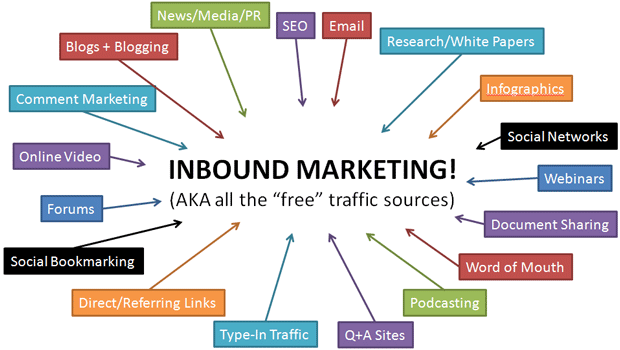Every time you publish content, you establish yourself as being knowledgeable in what you do. However, your marketing strategy must really make sense otherwise you will just render all your efforts meaningless.
Getting to know content marketing
Content marketing is an opportunity to make a living by giving out relevant content to the subscribers with an ultimate intent of truly helping them with their endeavours. This might require factual creativity on your part but its sum result is gratifying in a general sense. You might confuse content marketing with advertisement; they are totally two different things. An ad entices the readers to positively react and act on their impulses at an instant, while content marketing works differently. Content marketing is generally more subtle that an ad, but it gains the trust of the readers.
Getting to know content
When you craft and post blogs, those things is content. When you tweet or make a comment, it is another form of content. Every time you publish anything, you are publishing content, no matter the context.
Getting to know the end goals of your marketing strategy
You may take things gradually; your goals may not be necessarily be flamboyant all of a sudden. You can always start small then build from it until it grows stronger and bigger.
If for example your goal is that by the end of the fiscal year, you already would have made profitable earnings from your DIY web design e-book. With enough information about the complexity of the product, you may already start by June. By being specific as to your timeframe, it could give you a better perspective as to how you will effectively play your strategy. In the first two weeks, you might spend the time creating blog reviews on the best DIY web design tools or perform any other things that greatly utilize the marketing power of the web. The next two weeks could be spent on crafting methodologies that is a follow up of what you did in the first week. Then on your own, you may add a few more things depending on the need and style. Whatever you do, publish only a good half of the information. Keep the other half for the benefit of selling.
Making sure your strategy is working on the given time frame
If you wish to track the performance of your strategy and whether it is keeping up with the schedule, secure for yourself a content marketing calendar. It helps you put things in order and will guide you the things you need to prioritize at any given moment. If you practice tracking your strategy, it keeps you from deviating from your end goals.
Getting to know the final part of the strategy
The above mentioned strategies are just a prelude of the achievement of your strategy. This means that to complete your process of strategizing, you still need regular yet very good sales pages. If you only know how to take advantage of fully using your content, you will realize your goals in no time.










